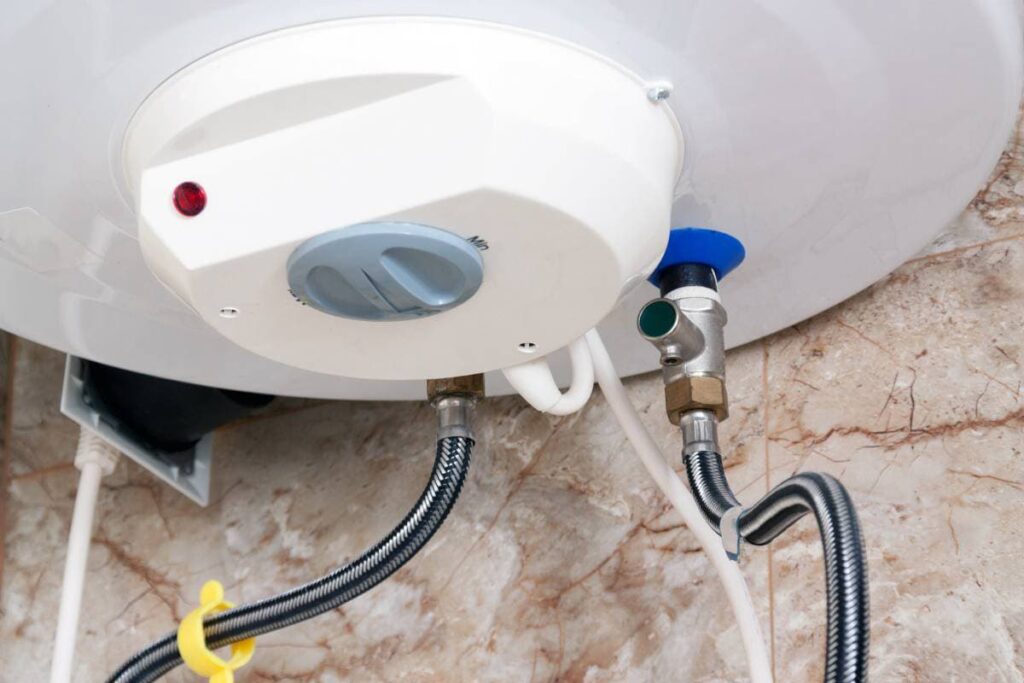Easy Ways to Maintain Your Home's Hot Water System Effectively
Easy Ways to Maintain Your Home's Hot Water System Effectively
Blog Article
What are your thoughts about How to Maintain a Hot Water Heater in a Few Simple Steps?

Hot water is vital for daily convenience, whether it's for a revitalizing shower or washing recipes. To ensure your warm water system runs efficiently and lasts longer, normal maintenance is crucial. This write-up offers sensible suggestions and understandings on just how to preserve your home's hot water system to prevent disturbances and costly fixings.
Introduction
Keeping your home's hot water system may appear complicated, but with a couple of easy actions, you can ensure it runs smoothly for several years to come. This guide covers whatever from recognizing your hot water system to DIY upkeep tips and knowing when to contact expert aid.
Relevance of Maintaining Your Warm Water System
Regular upkeep not just prolongs the life expectancy of your warm water system but additionally guarantees it operates successfully. Overlooking upkeep can lead to decreased efficiency, higher power bills, and also early failure of the system.
Indications Your Warm Water System Needs Maintenance
Understanding when your warm water system requires attention can stop major issues. Watch out for signs such as irregular water temperature level, weird noises from the heating unit, or corroded water.
Recognizing Your Hot Water System
Before diving into upkeep jobs, it's useful to comprehend the fundamental components of your warm water system. Commonly, this consists of the hot water heater itself, pipelines, anode rods, and temperature controls.
Regular Monthly Upkeep Tasks
Routine month-to-month checks can aid catch minor issues prior to they intensify.
Flushing the Water Heater
Flushing your hot water heater gets rid of debris build-up, boosting performance and extending its life.
Checking and Changing Anode Rods
Anode poles stop rust inside the storage tank. Inspecting and replacing them when worn out is vital.
Checking and Changing Temperature Level Setups
Changing the temperature level setups makes certain ideal performance and safety and security.
DIY Tips for Upkeep
You can execute numerous upkeep jobs on your own to maintain your warm water system in leading problem.
Looking for Leakages
Regularly evaluate pipelines and links for leakages, as these can bring about water damages and higher expenses.
Evaluating Pressure Relief Valves
Evaluating the pressure relief valve ensures it functions appropriately and protects against too much stress accumulation.
Protecting Pipes
Protecting hot water pipelines reduces warmth loss and can conserve power.
When to Call an Expert
While do it yourself upkeep is valuable, some concerns need specialist experience.
Facility Concerns Requiring Expert Assistance
Examples include major leakages, electrical issues, or if your hot water heater is constantly underperforming.
Regular Specialist Maintenance Perks
Expert upkeep can consist of detailed inspections, tune-ups, and making certain compliance with safety and security requirements.
Conclusion
Regular upkeep of your home's warm water system is important for performance, longevity, and cost financial savings. By adhering to these suggestions and recognizing when to seek specialist aid, you can make sure a reputable supply of warm water without unforeseen disruptions.
Water Heater Maintenance Tips
Test the TPR Valve
Shut off the power and the cold-water supply valve. Place a bucket under the pipe connected to the temperature-pressure-release (TPR) valve on the top or side of the tank. (This valve opens if the tank pressure gets too high.) Lift the valve’s tab to let some water out, then let go. If water keeps flowing, drain the tank partway, unscrew the old valve with a pipe wrench, and install a new one. Check the Anode Rod
Put a hose to the tank’s drain cock and let out a few gallons of water. Now fit a 1 1/16-inch socket onto the rod’s hex head on top of the heater (or under its top plate) and unscrew the rod. If it’s less than ½ inch thick or coated with calcium, buy a new one, wrap its threads with Teflon tape, put it back in the tank, and tighten securely. Use this segmented rod if headroom above the tank is limited. Drain the Tank and Wash Out Sediment
Drain the remaining water in the tank into the bucket, then stir up the sediment on the tank’s bottom by briefly opening the cold-water supply valve. Drain and repeat until clean water comes out of the hose. Close the drain cock, refill the tank, and turn its power back on. Adjust the Temperature
Find the temperature dial on the side of the tank and unscrew its cover. Adjust the dial to 120 degrees using a flathead screwdriver. For every 10 degrees the temperature is lowered, you can expect to save up to 5 percent in energy costs. Turn the water heater off or the thermostat down to its lowest setting if you plan to be away from home for more than three days. Insulate the Pipes
Buy some self-sticking 3/8-inch-thick foam pipe insulation that matches the pipes’ diameter. Slide the foam over the hot-and cold-water pipes as far as you can reach. Insulating the cold-water pipe prevents condensation in summer. Peel the tape and squeeze the insulation closed. If the pipe is 6 inches or less from the flue, cover it with 1-inch-thick unfaced fiberglass pipe wrap. https://www.thisoldhouse.com/plumbing/21016402/how-to-maintain-a-water-heater

We hope you liked our piece about Tips For Maintaining Your Hot Water Heater. Thanks a ton for taking a few minutes to read through our blog post. Sharing is caring. Helping others is fun. We love your readership.
Estimate Free Report this page